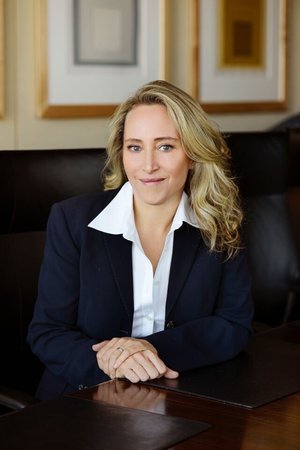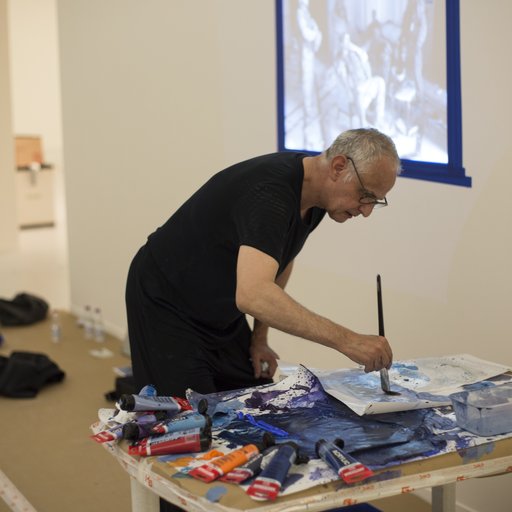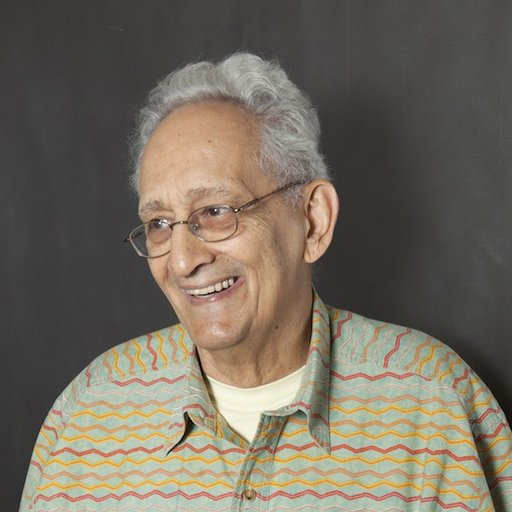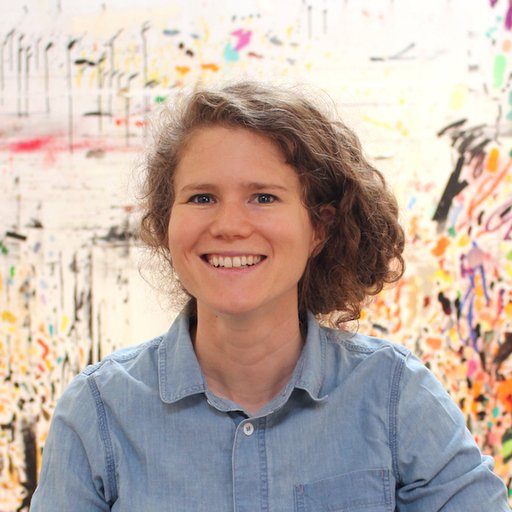In many ways, the Fontainebleau Hotel (currently the site of NADA Miami Beach 2015) is a work of art in its own right. Designed by the architect Morris Lapidus and opened in 1954, the hotel initially drew the ire of architectural commentators for its then-shocking use of light and space. As with many masterpieces of 20th-century art, however, history proved early detractors wrong; the building is now recognized as one of the seminal pieces of Miami Modernism, the regional dialect of the better-known International Style. Along the way, its iconic façade has been featured in a variety of films like Goldfinger and Scarface, cementing its place in the art of cinema as well.

Inside the hotel, a wholly different type of artistry is on view. Far from harkening back to the glory days of 1950s Miami, Fontainebleau Art Program curator Jackie Soffer (left) and her team have stocked the hotel’s collection with works from a smattering of world-class contemporary artists including Damien Hirst, John Baldessari, Tracey Emin, and many more. While Soffer notes that all works in the hotel are “museum quality,” two site-specific installations stick out from the rest: Ai Weiwei’s massive chandeliers and works from James Turrell’s “Tall Glass” series, both commissioned specifically for the Fontainebleau. To find out more about these stunning showpieces and the collection they reside in, Artspace’s Dylan Kerr spoke to Soffer about her curatorial vision and why the Fontainebleau doesn’t do “hotel art.”
What are the highlights of the Fontainebleau’s collection?
Notable works in our collection include pieces by Ai Weiwei, James Turrell, John Baldessari, Alex Katz, Tracey Emin, Doug Aitken, Maarten Baas, Michael-Craig Martin, and Enoc Perez, among others.
Beyond the architecture, the first things many visitors to the Fontainebleau will notice are the Ai Weiwei chandeliers. How did these pieces come about?
Ai created these chandeliers specifically for the domes in the Chateau Lobby to act as contemporary updates of Morris Lapidus’s original designs—they embrace the historic past of the Fontainebleau while simultaneously looking toward the future. They’ve since become iconic examples of his sculptural practice. By dramatically increasing the scale of a normal chandelier, Ai makes a common object an unfamiliar and awe-inspiring one. Paradoxically, the sheer size of the complete pieces also emphasizes the thousands upon thousands of individual components required to create them.
 Ai Wei Wei's chandelier in the Chateau Lobby
Ai Wei Wei's chandelier in the Chateau Lobby
What about the light installation by James Turrell? Incorporating such a specific work into a functioning hotel couldn’t have been easy.
James Turrell’s work involves explorations in light and space that speak to viewers without words—they impact the eye, the body, and the mind simultaneously. His subject is really infinity. He’s said, “I want to create an atmosphere that can be consciously plumbed with seeing, like the wordless thought that comes from looking in a fire,” and I think the power of Turrell’s work is that it allows us to see ourselves seeing. Whether he’s harnessing the light at sunset or transforming interior spaces with his light works, Turrell’s art places viewers in a realm of pure experience.
The six Turrell pieces in the Fontainebleau were specially commissioned for the lobby area. The “Tall Glass” series, his most technologically advanced group of light works, consists of specially programmed LED panels behind etched glass. Over the course of several hours, each “Tall Glass” work subtly shifts through a constantly changing cycle of color themes and patterns. The physical apparatus of the installation is completely invisible, and as a result, the viewer sees nothing but mesmerizing, meditative fields of colored light. These “Tall Glass” works at the Fontainebleau are historic in three ways: they are the first horizontal works of their kind created by Turrell; the single piece in the VIP Services Alcove is the first-ever curved “Tall Glass” work; and the remaining five pieces—one triptych and one diptych behind the main reception and concierge desks, respectively—are the first multipanel “Tall Glass” works. No other installations of Turrell’s are integrated with such drama into a commercial space.
 James Turrell's "Tall Glass" series on view in the hotel
James Turrell's "Tall Glass" series on view in the hotel
What kinds of considerations do you take into account when making acquisitions?
We take into account safety, how the piece interacts with the environment, durability, and how the work creates a visually stimulating and thought-provoking experience for our guests.
There’s a well-known stereotype about the relative quality of “hotel art.” How does the Fontainebleau avoid these pitfalls?
All of the works in the hotel are museum-quality pieces. The collection consists of pieces by artists who have been exhibited in the leading institutions and top collections throughout the world. Maintaining this level of excellence requires a lot of travel and correspondence—we’re always visiting art fairs and galleries in addition to staying up to date with art publications and maintaining constant communication with the galleries and artists we’re interested in.
The hotel is one of the best-known in the United States—how do you ensure the collection lives up to this reputation?
We apply the same rigorous standards for our collection as we do for all aspects of the hotel— which is ensuring that we offer the very best experience for our guests.



























